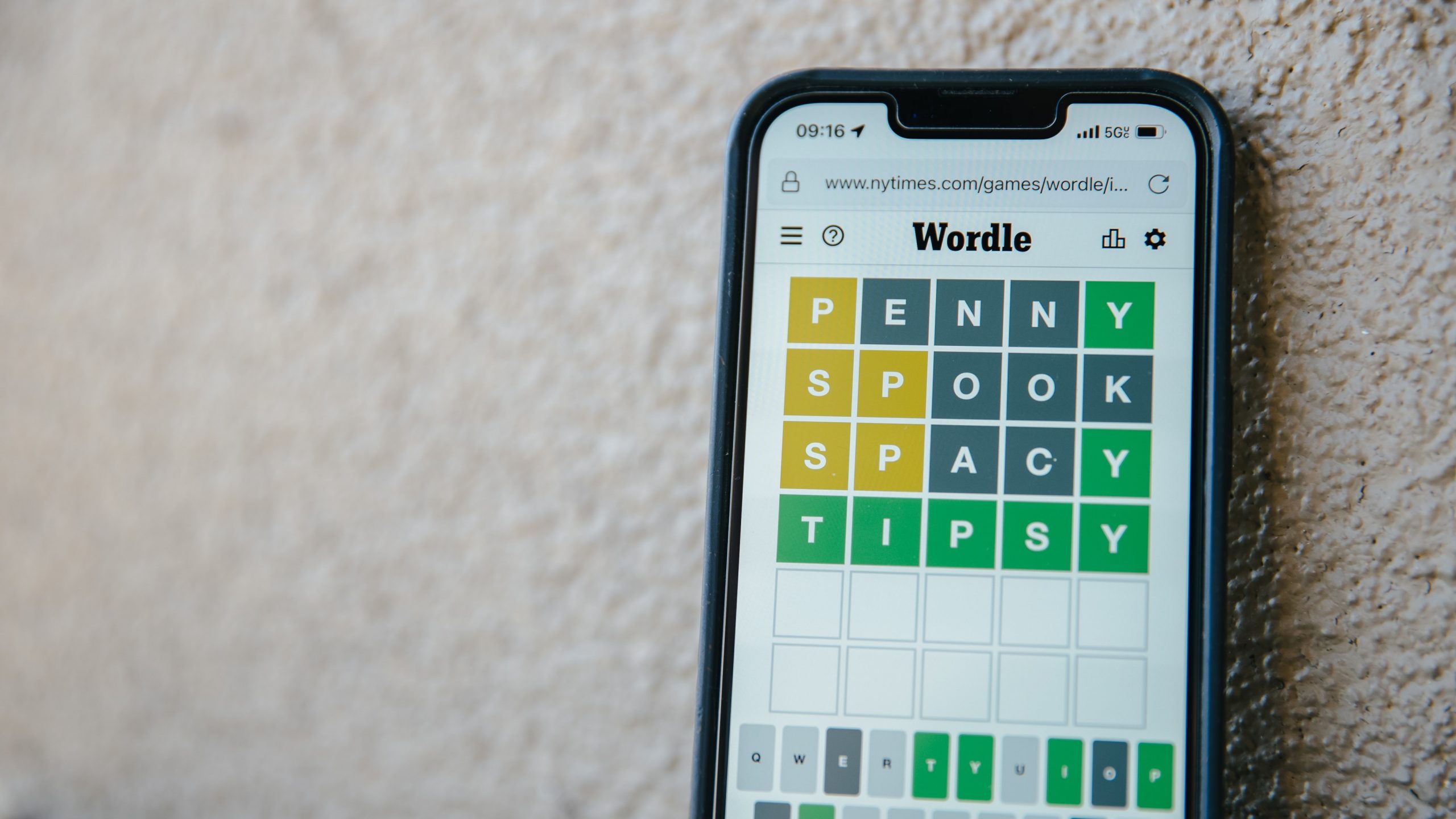
Gaming writer Seth Nobes catalogues the meteoric success of the game taking Twitter by storm
It all started when random combinations of black, yellow, and green squares appeared on my Twitter feed. Accompanied with Wordle, a number in the 200’s, and a mark out of six, no context was provided, and I was left perplexed. My first thought was to check the App Store, assuming ‘Wordle’ was the name of the next popular mobile game. However, after downloading an app of the same name, I could not find anything vaguely related to the squares I had seen on Twitter. I then took to Google, and one quick search later, I found what I was looking for.
Wordle is, you guessed it, a word game. The name is a play on the surname of its creator, Josh Wardle, who created the game for his puzzle-loving partner, Palak Shah. When the game was launched in October 2021, the two were the only players, making their daily guesses on their sofa. The game was introduced to close friends and relatives, and soon their Whatsapp chats were flooded with their daily results. Upon encouragement from those who had played the game, it was released to the rest of the world at the end of October.
On 1st November, the game had 90 players. Before long, the game began to increase in popularity, with 300,000 players just two months later, on 1st January. Wordle’s success did not cease there, though. In fact, January 2022 was the month in which the game really began to take off. In less than two weeks, the amount playing had multiplied by more than six, with over 2 million people making their guesses in the weekend of 8th-9th. Describing this is a meteoric rise does not do it justice.
As someone who plays it daily, I think it is a nice distraction
The concept of the game is a simple one, laid out in a simple way, arguably a main reason behind the game’s popularity. Players have six attempts to guess a five letter word. For the first guess, there are no hints, or tips; you are in the dark. If you guess a letter correctly, and it is situated correctly in the word, the tile goes green. A tile turns yellow if the letter is part of the word, but not where you guessed it. Letters not in the solution remain black, and are shaded out on the keyboard to ensure you do not guess it again. Thus, it gets easier the more guesses you make. Once you have guessed the correct word, all the tiles will turn green.
There are many explanations for Wordle’s popularity. As someone who plays it daily, I think it is a nice distraction, which does not take up too much of my time. It also encourages friendly competition, seeing who can guess the word in the fewest attempts each day. I felt very proud about being able to brag about the time I guessed it correctly in two attempts. The simplistic layout of the game makes it easy to play, without constant adverts, or pop-ups asking you to sign up, distracting you. I also think the quick nature of Wordle is fundamental to its success. Popular apps like Tiktok demonstrate the potential of rapid entertainment, which Wordle has really appealed to, given you can only play once a day, with it taking less than five minutes.
On Monday 31st January, The New York Times announced they had acquired Wordle for a ‘low seven figure sum.’ Despite its global success, creator Josh Wardle described Wordle’s viral nature in an interview with The Guardian as ‘not feeling great.’ He explained how he ‘feels a sense of responsibility for the players.’ Despite this, he is able to acknowledge the power of what he created in light of the pandemic. Wardle ‘receives emails from people who share their scores with those they aren’t able to see.’ In extremely challenging times, Wordle offers five minutes of solace.
Check out more from gaming here:
Microsoft Announces Acquisition of Activision Blizzard

Comments